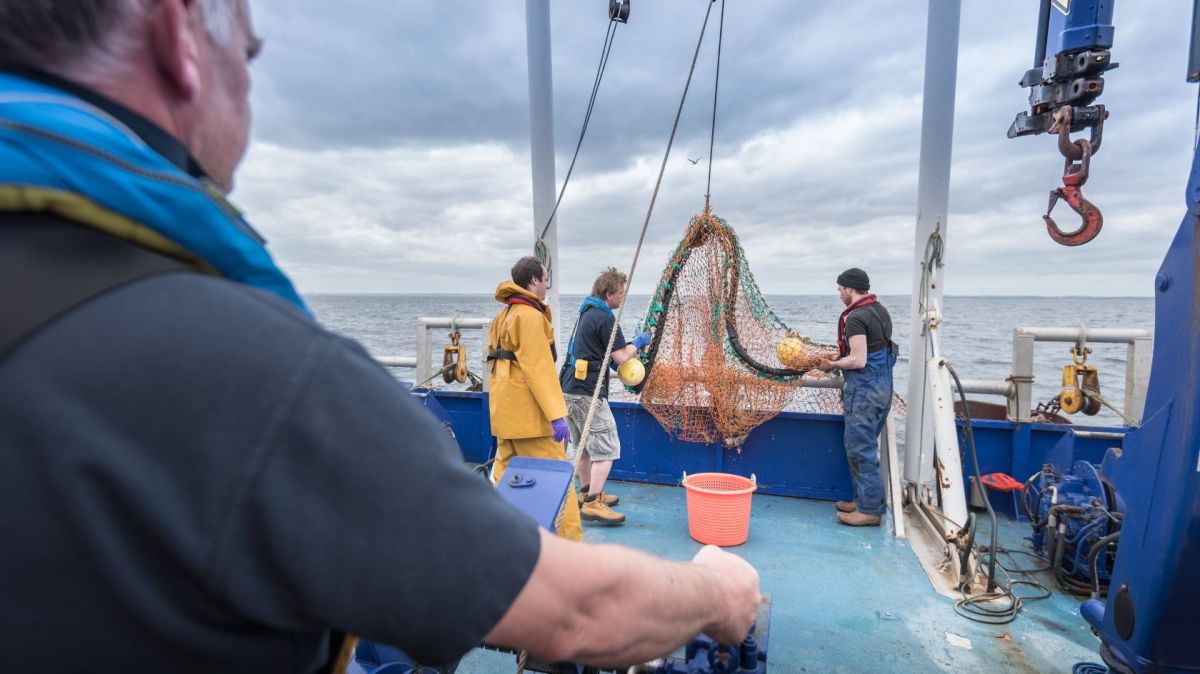“We advocate increasing the total allowable catch (TAC) for bigeye tuna, to 73,000 tons, and the allocation of a specific quota for the ultra peripheral regions (RUP), which have very artisanal fleets,” said the Secretary of State for Fisheries, Cláudia Monteiro de Aguiar.
Speaking on the sidelines of the Council of Ministers of Agriculture and Fisheries of the European Union, Cláudia Monteiro de Aguiar said that artisanal fleets use “a very specific [fishing] art, known for being very selective”.
In this case, said the minister, specific quotas must be defined for both bigeye tuna and bluefin tuna, the latter much appreciated raw, species that, she considered, “value and make fishing in Madeira and the Azores profitable”.
Still with regard to fishing and the Portuguese position at the next meeting of the International Commission for the Conservation of Atlantic Tuna (ICAAT), the government official called for the creation of a new management strategy for northern swordfish, with an increase in catches for national fleets.
Portugal, preparing negotiations on the European Commission's proposals for catches in the North Atlantic, met bilaterally with other Member States, with Spain at the forefront, to define negotiation strategies.
At stake is, in particular, anchovy fishing, with the Secretary of State arguing that Lisbon and Madrid will work to “arrange scientific data to counter the proposal” from Brussels, which she considers to be harmful.
Brussels' proposal for seabream catches is also under Lisbon's scrutiny, with Portugal having been allocated a quota of 600,000 tonnes in 2023 and 2024 in EU waters and international waters in subzone 10.















